AARP Hearing Center

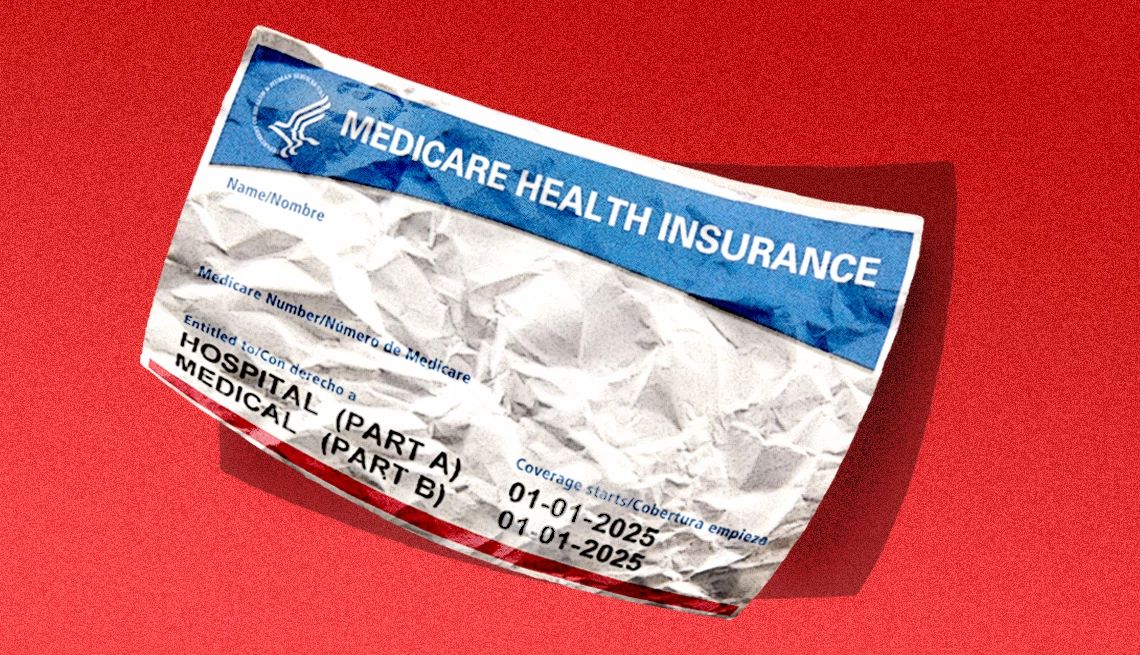
In this story
Deadlines • Special enrollment • Secondary coverage • Late penalties • Two options • Medigap mistakes • Coverage gaps • Provider network • Drug coverage • Financial help
Though Medicare covers most of your health care costs when you’re 65 or older or have an eligible disability, signing up can be complicated by confusing enrollment periods and decisions about which coverage works best for you.
Missing deadlines, delaying enrollment or choosing the wrong plan can cost you. We assembled 10 common mistakes new Medicare enrollees make and explain how to avoid them.
1. Not signing up for Medicare at the right time
Unless you’re receiving early Social Security benefits at least four months before your 65th birthday, you’ll want to enroll during your initial enrollment period (IEP). This opportunity runs three months before the month you turn 65 until three months after.
If you don’t sign up then, you get another chance during Medicare’s general enrollment period Jan. 1 through March 31 each year. However, if you wait, you may have to pay a late enrollment penalty for Medicare Part B.
2. Missing the special enrollment period
You may be able to delay signing up for Medicare without penalty if you or your spouse are still working and you have health insurance from that employer. You’ll need to sign up when you stop working and lose your health insurance coverage or when the insurance you have through your spouse ends.
Medicare created a special enrollment period (SEP) that lets you sign up without facing a late enrollment penalty. But many people don’t realize they can only use this SEP either while they’re covered by job-based insurance or within eight months after that coverage ends.
Note: Medicare doesn’t count retiree health insurance or COBRA as job-based coverage, even though they continue policies you had while working. If you have that insurance, you usually need to sign up for Medicare when you turn 65 or you could face a late enrollment penalty.
3. Delaying sign-up when your job insurance is second in line
Knowing the right move can get tricky. Even if you have health insurance where you work, you may need to sign up for Medicare at 65 if your company’s coverage becomes secondary to Medicare. In that case, your job-based insurance will pay for medical claims only after Medicare has paid its share.
The rules are based on your employer’s size. Many companies with fewer than 20 workers designate Medicare as primary health coverage when employees turn 65, making the employer coverage secondary. Check with your benefits manager.
If you or your spouse continue to work at a company with 20 or more employees and health insurance, that job-based coverage can pay out first even after you turn 65. In that case, you may not need to sign up for Medicare while you or your spouse are still working.





























































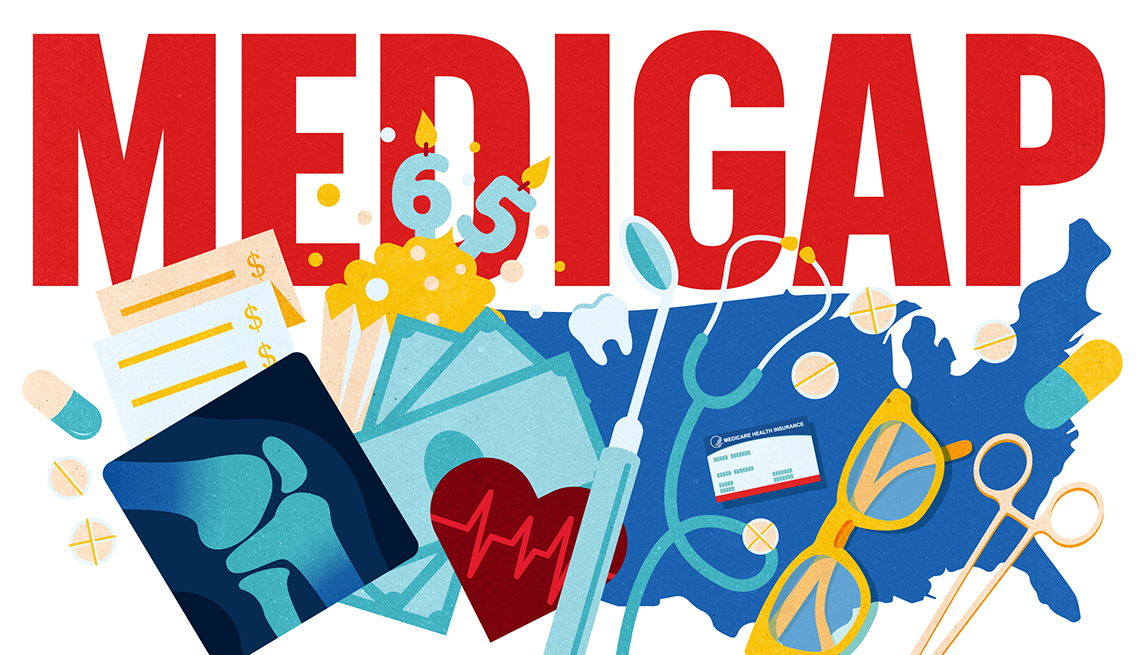


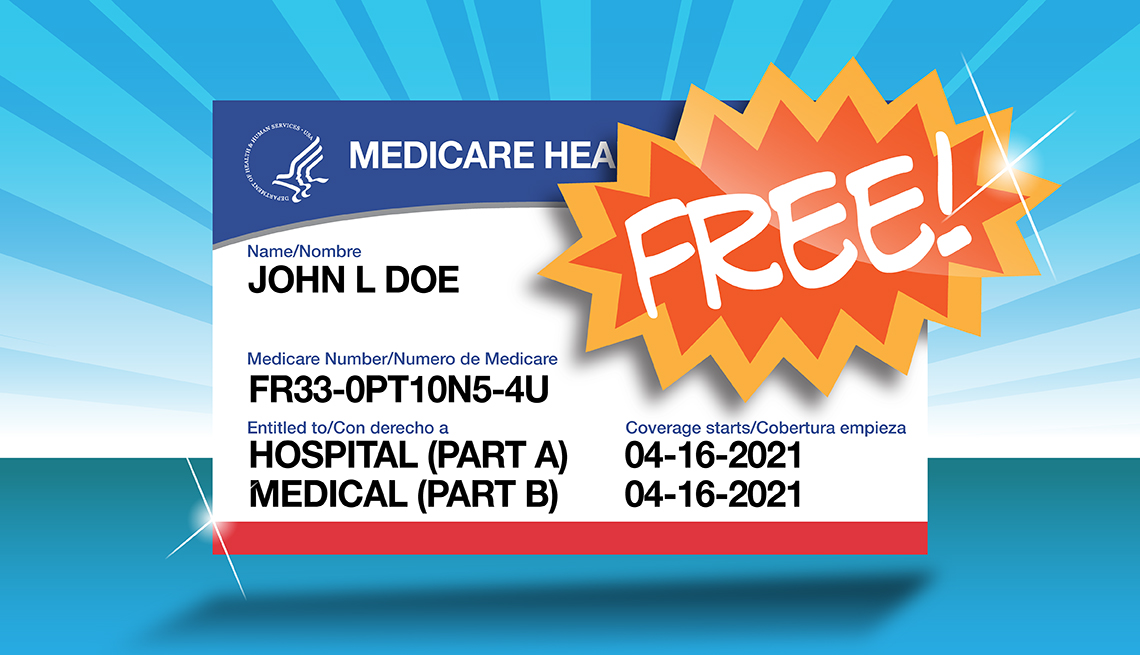



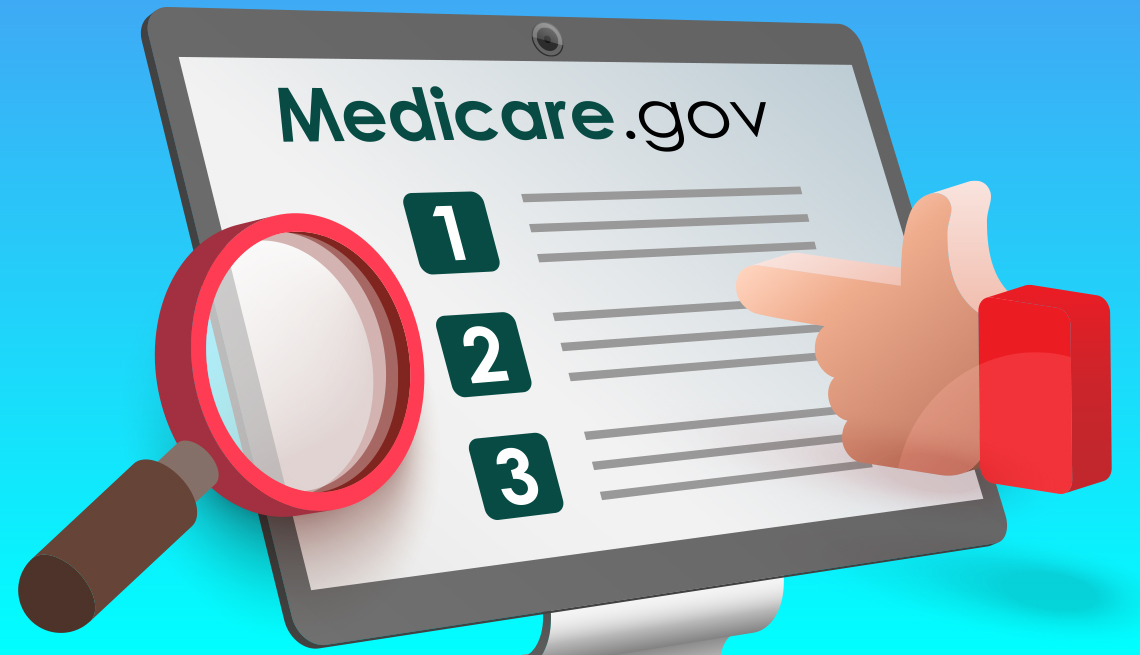
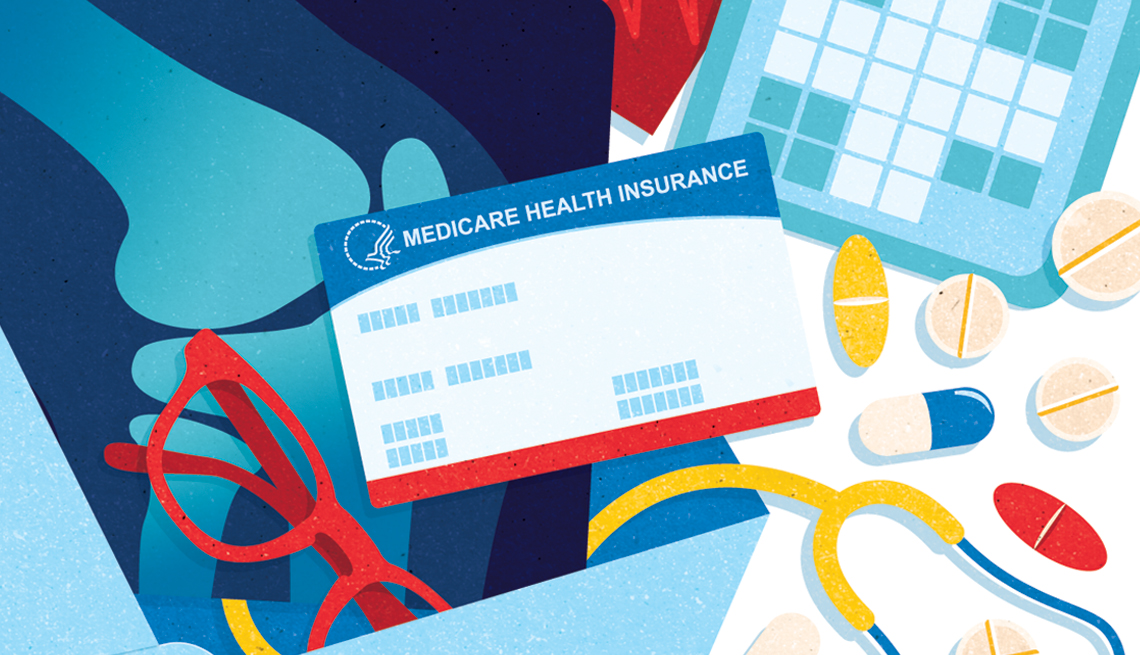











More From AARP
5 Steps to Help You Sign Up for Medicare Benefits
A step-by-step guide to get started with Medicare
I Was a Money Manager Who Didn’t Save for Retirement
How a financial pro overcame ‘future discounting’10 Steps to Take After You Sign Up for Medicare
Just enrolled? You can put your new Medicare coverage to good use
Recommended for You